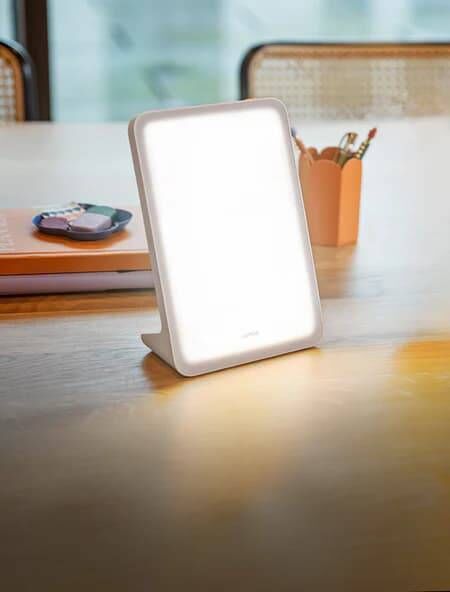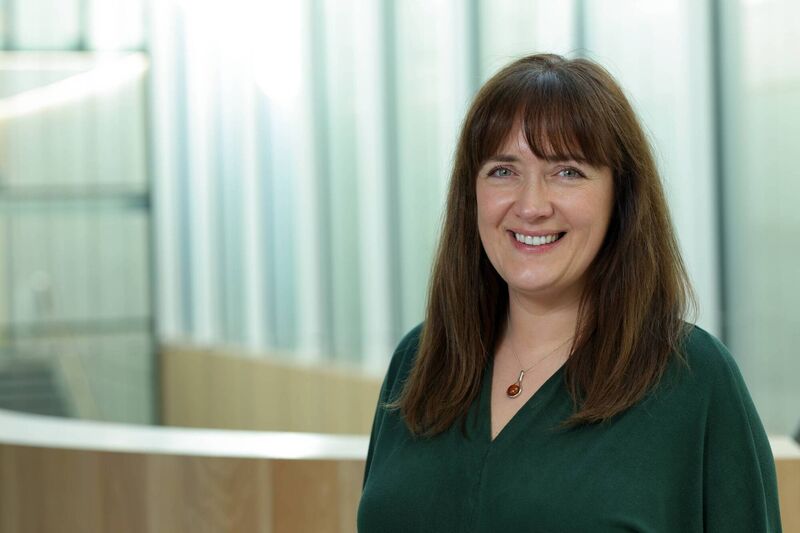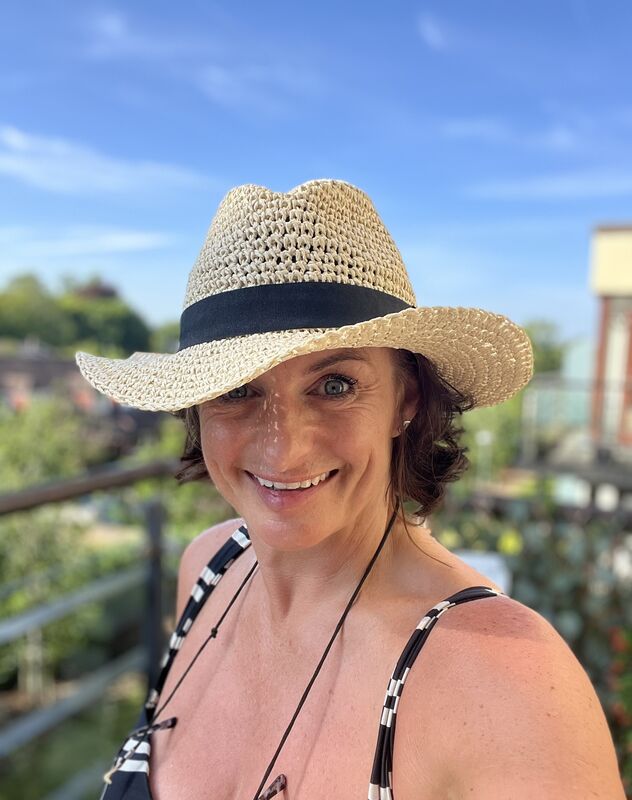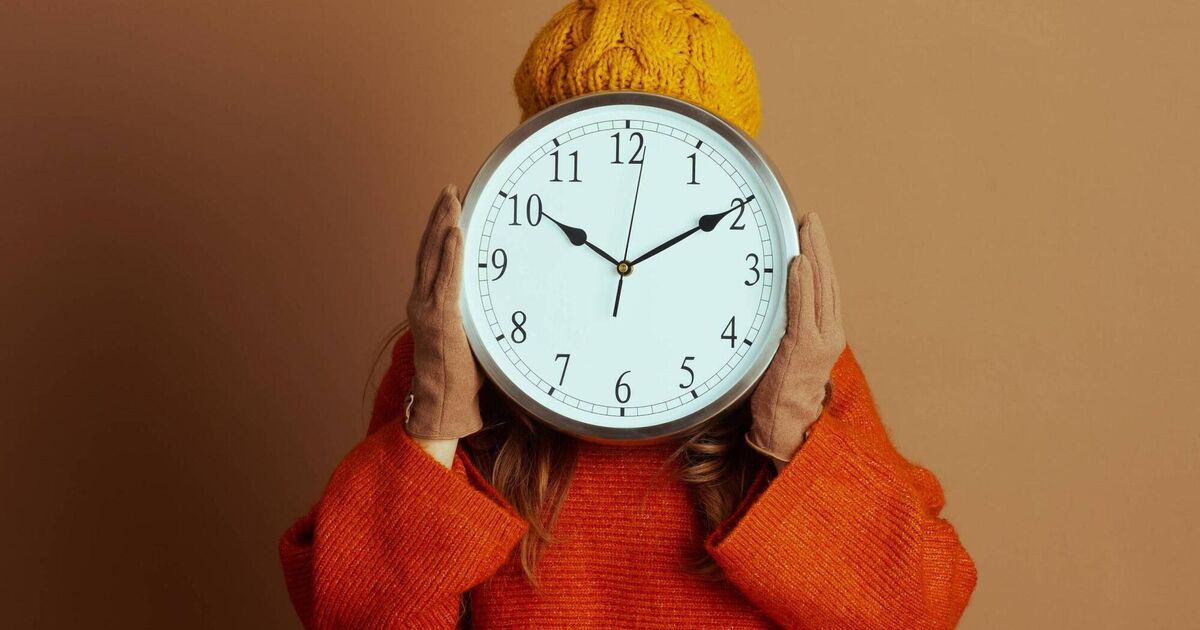SINÉAD Kennedy calls herself “the queen of the winter blues”. For as long as she can remember, the seasonal darkness triggers a descent in mood that usually lasts into the spring.
“It’s the grey days that hurt the most, especially if we get a row of them,” says Kennedy, who is a travel writer and organiser of group wellness holidays from Rathfarnham in Dublin.
“I feel awful. There’s a deep sense of longing, almost like a hopelessness, that sits on my shoulders and just won’t lift.”
Maria Ní Mhurchú empathises. The writer from Dingle, she was 17 when she first noticed that her mood would begin to sink in the autumn and that “the sense of despair intensified as winter progressed and wouldn’t ease until the days started to get longer again”.
The clocks going back this weekend heralds the start of the darker half of the year. By December, the sun won’t rise until 8.30 in the morning and will set again by 4.30 in the afternoon. Many will not be outdoors in daylight during the working week, and some — like Kennedy and Ní Mhurchú — will suffer a significant psychological impact.
Associate professor of psychiatry Paul Desan is the director of Yale University’s Winter Depression Research Clinic and a world expert on how seasonal changes affect mood.
“Some 90% of people feel better in summer,” he says. “There seems to be a basic rhythm to the year, and what appears to control this rhythm is the time the sun goes up and back down again, and the amount of daylight we get in between.”
A certain proportion of people are extra sensitive to this rhythm, and according to Desan, they are the people who suffer from seasonal affective disorder (Sad).
Sad is a type of depression that is related to changes in season. It begins and ends at about the same time every year, with symptoms appearing in autumn, escalating over winter and diminishing in spring.
 Dr Sarah Cassidy, president-elect of the Psychological Society of Ireland.
Dr Sarah Cassidy, president-elect of the Psychological Society of Ireland.
Dr Sarah Cassidy, president-elect of the Psychological Society of Ireland, lists symptoms of Sad which include: “Persistent low mood; loss of interest or pleasure in activities that were previously enjoyed; changes in appetite, especially a craving for carbohydrates; oversleeping; a lack of energy despite increased sleep; difficulty thinking or concentrating; and even thoughts of death or suicide.”
She says the decrease in sunlight over the winter is believed to upset the body’s internal clock, leading to poor sleep and subsequent low mood.
“Reduced sunlight can also trigger a drop in serotonin and disrupt the balance of melatonin,” she says.
Studies demonstrate how these chemicals can influence our feelings.
In 2002, the Baker Research Institute in Australia showed people’s levels of serotonin, a neurotransmitter responsible for regulating our mood, were higher on bright sunny days than on dark cloudy ones.
In 2019, the authors of a University of Basel study found darkness triggered the production of melatonin, the hormone that prepares us for sleep, and argued that increased melatonin levels in winter could explain people’s diminished energy levels.
There are risk factors that further exacerbate the risk of developing Sad.
“The further north or south we are of the equator, the darker the winter and the higher our risk,” says Cassidy, who adds that a family history of Sad or other forms of depression places us at increased risk too.
Adolescents and young people seem to be more affected by Sad and Desan points out the disorder is also “up to three times more common in women”. There is no scientific consensus on why this is, but research, he says, shows “women who experience more premenstrual mood changes are more likely to be diagnosed with Sad, which suggests hormones are involved”.
 Associate professor of psychiatry Paul Desan is the director of Yale University’s Winter Depression Research Clinic and a world expert on how seasonal changes affect mood.
Associate professor of psychiatry Paul Desan is the director of Yale University’s Winter Depression Research Clinic and a world expert on how seasonal changes affect mood.
The HSE estimates that one in 15 people in Ireland experiences Sad. Desan regards the disorder as “a major public health issue” that should be combatted, not submitted to year after year.
“In the most extreme cases of Sad, people shut their whole lives down for half the year,” he says.
“But even in less extreme cases of subsyndromal Sad, or when people don’t have enough symptoms to be diagnosed with major depression, they can still experience low energy, poor sleep and appetite, and social withdrawal.
Every single one of those people should go to their doctor because there are effective treatments available.”
He recommends phototherapy or bright light therapy, arguing that “it’s cheap, safe, and can perform a medical miracle for people with Sad, turning winter into summer by alleviating symptoms for the majority”.
 Lumie mini lamp, €70.
Lumie mini lamp, €70.
Phototherapy involves spending time sitting in front of a lamp or light box that has been designed to mimic the brightness of natural sunshine, which stimulates the brain into upping serotonin levels and reducing melatonin.
A 2012 study from the Netherlands found that it diminished depressive symptoms in 75% of cases within three weeks.
There are caveats, though: The light needs to be sufficiently bright and the therapy works best when done early in the morning.
“What we recommend to patients at our winter depression research clinic is 10,000 lux of light for 30 minutes before 8am seven days a week,” says Desan.
(A Lumie mini lamp costs €70.)
 RCSI professor Jolanta Burke, a psychologist and wellbeing researcher, says even small changes in routine can boost wellbeing in the dark months of winter.
RCSI professor Jolanta Burke, a psychologist and wellbeing researcher, says even small changes in routine can boost wellbeing in the dark months of winter.
RCSI professor Jolanta Burke, a psychologist and wellbeing researcher, says even small changes in routine can boost wellbeing in the dark months of winter.
“Getting outside in the early morning light as soon as you wake up and going for a walk when the sun is at its strongest at midday can help,” she says. “Taking sunglasses off can help too, as they can block the light and its positive effect on mood.”
It is also common for people who suffer from Sad to be prescribed antidepressants, usually in the form of selective serotonin reuptake inhibitors.
Talk therapy, like cognitive behavioural therapy (CBT), is another option. A 2024 University of Vermont study found it had excellent long-term results, with 75% of participants remaining free from depression for two years after a course of treatment.
Desan explains how CBT can lead to a shift in mindset. “When people suffer from Sad, they tend to stay home, nap in dark rooms and make their situation worse by withdrawing and getting less exposure to light,” he says. “CBT encourages you to get up, get out and do stuff, which almost always has a beneficial effect.”
Cassidy’s preferred talk therapies are those that use acceptance, mindfulness, and compassion-based approaches. “These recognise that some of us are more prone to Sad and that overcoming it is not easy. By cultivating acceptance of what’s happening and compassion for how difficult it can be and pairing that with practical strategies for support, we can begin to deal with it effectively.”
Among the practical strategies she suggests are waking up and going to bed at the same time each day and getting regular exercise, particularly outdoors.
“We should adopt the Scandinavian mentality, that there’s no such thing as bad weather, only the wrong clothing,” she says. “We need to wrap up and get outside.”
It’s also important to prioritise social connections, which Cassidy believes “lead to increased social support and improve mood and overall mental health”.
She also recommends being “gentle with ourselves”.
“Accept it’s OK to slow down and allow yourself to mentally and physically rest and repair so you are ready for the next season of growth,” she says.
“And go to see your GP or a local psychologist or psychotherapist if you need further support.”
Taking a vitamin D supplement might give you a mental boost too. A 2014 University of Georgia study found low levels of the vitamin were associated with a greater risk of Sad, and given that 40% of Irish people have insufficient levels, Cassidy says it’s worth getting tested by your GP.
 Sinead Kennedy
Sinead Kennedy
Both Ní Mhurchú and Kennedy have developed techniques to keep Sad at bay. Ní Mhurchú is adamant that vitamins D and B help.
“So does going out walking every day and making sure I spend time with family and friends,” she says. “I also do my best to take a winter holiday in the sun.”
Kennedy usually flies off to sunnier climates in winter, too. But this year, she is staying home and admits she is “dreading it”.
However, she is taking steps to protect her mental health. She has already scheduled outings with family and friends and made plans to join various walks, runs, and cycles.
She will spend as much time outside during the day as possible. She will avoid alcohol because she thinks it “adds the beer blues on top of the winter blues,” and she will have a light lamp on her desk, take an antidepressant, and try to eat and sleep well.
“Basically, I’m putting coping mechanisms in place before the darkness rather than waiting to fall into a pit of despair and then struggling to climb out,” she says.
Desan commends their proactive steps to ensure their mood doesn’t match the weather forecast this winter: “There are so many things people can do to head off Sad, and they all add up. But I always advise people to start with light therapy. It helps correct the chemistry of the brain if it’s not working properly. You only have to buy the device once and you’ll have it for decades. And it could change your life drastically.”
Figuring out how to combine a full-time job with combating seasonal affective disorder (Sad) can be tricky. Working the standard nine-to-five means missing the entirety of daylight hours in winter.
Sarah Cassidy, the President-elect of the Psychological Society of Ireland, suggests some helpful strategies:
Make your work environment as light and airy as possible.
Start by sitting beside a bright window. This will increase your exposure to sunlight and potentially improve your mood.
“Opening blinds or adding skylights to rooms can further brighten up the work environment,” she says. “This is particularly important early in the morning to stimulate the release of adenosine (a chemical that regulates sleep) in the brain.”
The reverse applies as evening approaches. Cassidy recommends dimming the lights and drawing curtains and blinds to signal to the brain that it’s time to start winding down, triggering the release of melatonin required to encourage sleep.
Regular movement breaks during the day can also improve mood.
Cassidy suggests vigorous cardiovascular movement first thing in the morning to stimulate the release of brain chemicals that wake you up.
“Shorter but regular movement breaks during the day can keep energy levels high, too,” she says.
Those who are working from home may have reduced their incidental light exposure because they no longer commute.
You can compensate for it by making time for a morning or lunchtime walk.
WFH may also have reduced your social interactions with others. Make up for it by reaching out to family and friends and arranging for regular catchups.
If you are still struggling, it’s worth knowing that Sad is a condition that could potentially require reasonable accommodations under equality legislation.
Talk to your employer about changes to your work schedule that could help you cope during the winter.
These could range from flexible working hours to maximise daylight exposure to access to a wellness space fitted with a light therapy box.
